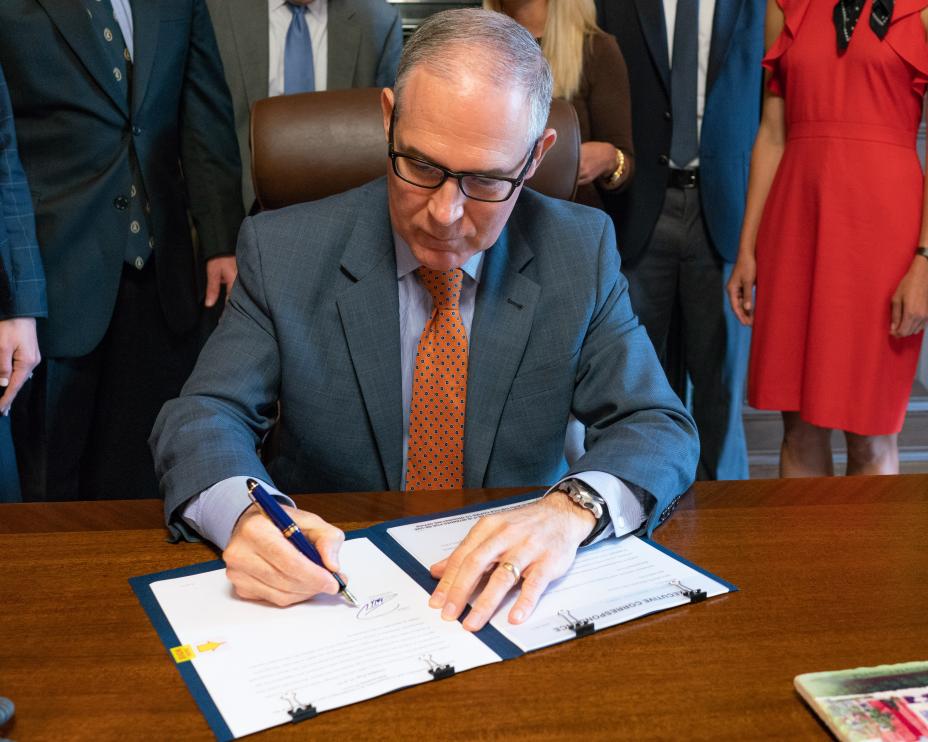News Releases from Headquarters›Office of the Administrator (AO)
EPA Administrator Pruitt Proposes Cost-Benefit Analysis Reform
WASHINGTON – Today, the U.S. Environmental Protection Agency (EPA) issued an Advance Notice of Proposed Rulemaking (ANPRM) to announce that the Agency is soliciting public input on whether and how to change the way it considers costs and benefits in making regulatory decisions.
"Many have complained that the previous administration inflated the benefits and underestimated the costs of its regulations through questionable cost-benefit analysis," said EPA Administrator Scott Pruitt. "This action is the next step toward providing clarity and real-world accuracy with respect to the impact of the Agency's decisions on the economy and the regulated community."
Multiple EPA-related statutes refer to the calculation of costs and benefits, but implementation has been inconsistent. As a result, EPA has created a risk of uncertainty and confusion for states, local communities, and industry. EPA is now considering ways to codify common-sense, best practices for cost-benefit analysis in rulemaking.
Through the ANPRM, EPA will seek comments and input for the Agency to consider in developing any subsequent proposed rule. EPA will take comments on the ANPRM for 30 days after publication in the Federal Register.
Background:
Under the leadership of President Trump, EPA has taken steps to improve EPA’s cost-benefit calculations. Consistent with the President’s Executive Order 13783, EPA updated the social cost of carbon to reflect prior and best practices. While the Obama EPA estimated the social cost of carbon to be an average of $36 per ton of carbon dioxide emitted, this EPA calculated an average of $5 per ton.
EPA has also proposed a different approach to analyzing co-benefits – benefits from reduced emissions of a pollutant that is not the actual target pollutant of a regulation. Particulate matter was the co-benefit most cited by the Obama EPA. In fact, particulate matter co-benefits accounted for more than 80% of the purported benefits of all of Obama’s air rules. The Clean Power Plan (CPP), a rule aimed at carbon dioxide reductions, derived most of its benefits from a reduction in particulate matter. When EPA issued its proposed repeal of CPP, it provided a transparent account of the impact of the rule on the “targeted pollutant” – carbon dioxide.
Earlier this morning, the Wall Street Journal published an editorial on Administrator Pruitt's efforts to "stop the EPA's numerical shenanigans" and reform cost-benefit analysis at the Agency. Exit
For additional information: https://www.epa.gov/environmental-economics/increasing-consistency-and-transparency-considering-costs-and-benefits

